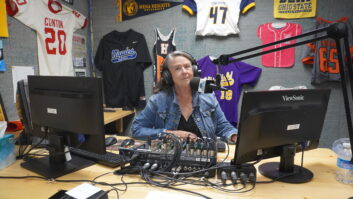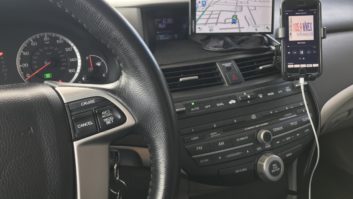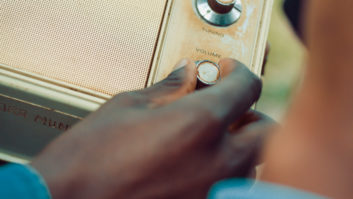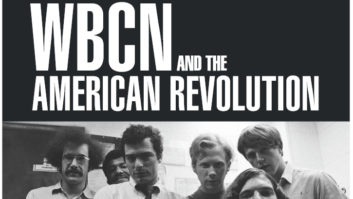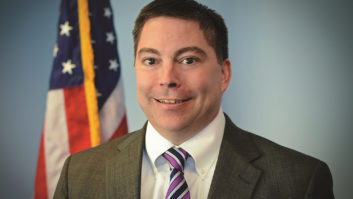The author is membership program director of the National Federation of Community Broadcasters. NFCB commentaries are featured regularly at www.radioworld.com.
A trend of noncommercial stations taking on beloved local institutions prompts a tantalizing question: is community radio’s future found off the air?
This week, Missouri community radio station KOPN was announced as the new organizer of its local holiday parade. The city of Columbia’s celebration, traditionally held the week after Thanksgiving, was coordinated for years by the area Jaycees. With that group disbanding, KOPN has stepped in. Station leadership has pledged to create an inclusive holiday recognition rather than the old Christmas event of days gone by.
A community radio station taking on an iconic city happening sounds ambitious. Yet stations are making many moves to adopt regional institutions of all kinds.
[Read: Community Broadcaster: Helping Out]
For instance, this week Rochester radio station WXXI announced plans to take over running its town’s alternative newsweekly, CITY Newspaper. Founded in 1971, CITY Newspaper served up local news and culture, just like plenty of newsweeklies do across America and the world. In this case, the paper’s publishers were retiring and approached the station about taking on the newspaper’s operations. Station management said yes.
Perhaps surprisingly, the radio station will retain the paper’s 14 staffers. The radio station and newspaper will collaborate on editorial, leading to what residents may expect to be very innovative journalism.
Publications, either as partnerships or outright ownership, have been growing among community media. The cross-pollination seems natural, with the written word serving as the root for outstanding audio. For example, Michigan’s WYCE is part of a larger media alliance in Grand Rapids that includes an online publication, the Rapidian.
However, community media is not the only one engaged in this sort of journalism. Even the smallest stations are joined by big public media in this endeavor. Megastations WAMU and WNYC were among those in the mix of online publications after purchasing the assets of shuttered publications early in 2018.
In its reboot of LAist, KPCC stated its reasons plainly. “The health of our local media landscape matters. Public officials need to be held accountable for their actions. The future of our city depends on engaged residents to make informed choices.”
One of the most candid conversations community radio needs to have is about the future and our common maladies. As all of media is looking for new ways to connect with audiences, it has pushed us to think of who we are and how we are a part of people’s lives. All of these occurrences reflect changing attitudes. They demonstrate thinking that says we are more than radio, but curators in our cities and towns.
Such boldness comes at exactly the right time. In an era where podcasting and music streaming have turned what the public perceives as radio on its head, what radio stations do to up their game matters. Noncommercial, educational radio has had a special relationship for generations. But when everything from YouTube to the aforementioned platforms chip away at that foundation, it is up to stations to reflect more deeply on their true mission. It is bigger than good music or scintillating conversations, but community.
Membership Puzzle is among those groups that recognize the public today wants more of its media and is willing to be involved in ways past generations may not have been. Curiosity, passion and a desire to share expertise ranked highly in its research around personal motivations. Hearken remarks engaging with our audience today is not an easy task, but it is necessary. And all these studies are not only true, but key to community media’s sustainability.
A good way of engaging listeners and finding new ones is doing just as these stations have: something completely unexpected.
No doubt, these organizations adopting new projects may have had their naysayers. Yet the tired refrain of “This is how we do things” or conversely “That is not how we do things” is just that: tired. I have to, in a kind but tongue-in-cheek way, offer a rejoinder to this kind of purism. People live in a moment of lightning fast media, where people forget what some public figure did last month, or a business introduced a year ago. If many Americans can’t identify basic Constitutional provisions, how do you expect your cherished yarns of station glories 40 years ago will mean anything to them?
Those tall tales just won’t. This is a time for thinking out of the box.
Community radio can be more than its on-air signal. Like KOPN and many of the others listed, radio can be a new force locally. What these stations are doing should inspire community radio. May they offer you courage in 2019.
